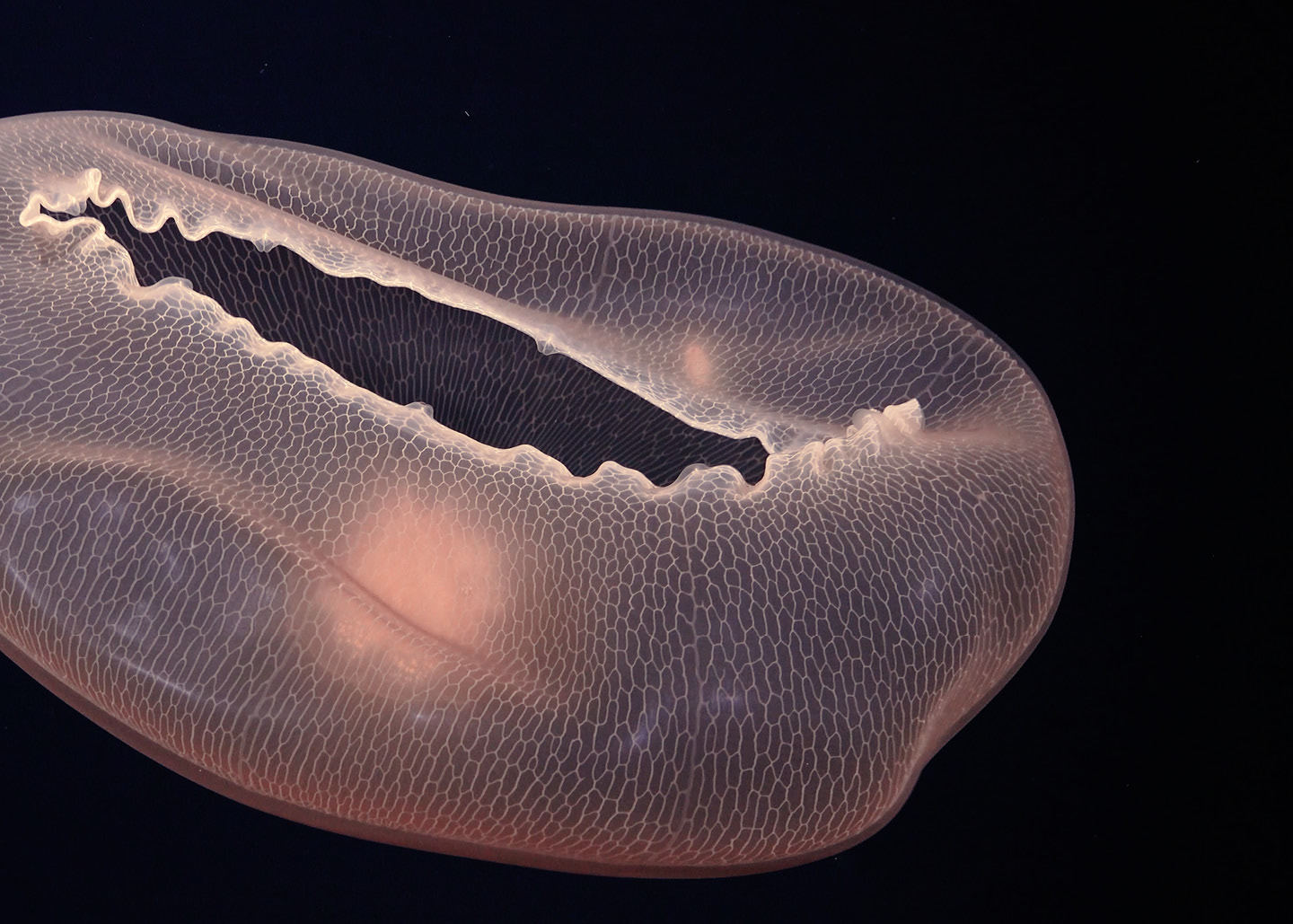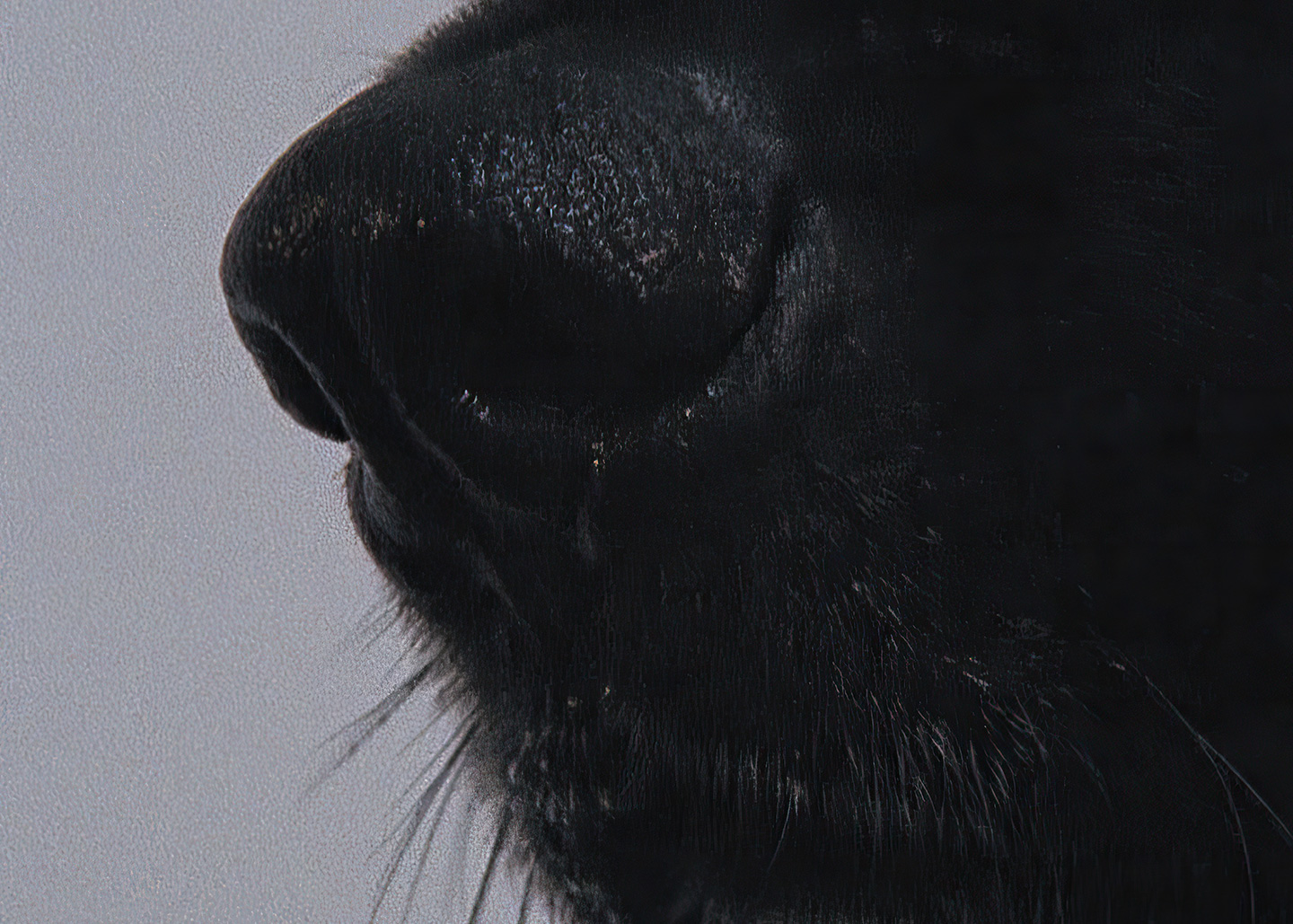Carnival of Gestation
July 14–October 13, 2024
Beidaihe
China
Hours: Monday–Sunday 5pm–9:30am
T +86 21 6628 6861
From July 14 to October 13, 2024, UCCA Dune presents Max Hooper Schneider: Carnival of Gestation. This marks the artist’s first institutional solo exhibition in China, showcasing nearly 30 sculptures, installations, and video works created across various media since 2014.The exhibition includes six works commissioned by UCCA, one of which is a film. In constructing or simulating unique environments and ecosystems devoid of human presence, Hooper Schneider presents the affective encounters between seemingly disparate worlds, species, and forms of existence, blurring the boundaries between life and non-life, organic and inorganic matter, pollutants, and nutriments. This approach is a continuously evolving challenge to anthropocentric perspectives on viewing and creating art.
Max Hooper Schneider (b. 1982, Los Angeles) is influenced by many disciplines and fields of knowledge, with an emphasis on Spinozan materialism and a belief that all materials, regardless of form, possess equal agency in their ability to act and be acted upon. His works often depict abandoned, desolate environments, ecological collapse, and climax communities surrounding oceanic and climate crises, prompting reflection across longer geological timescales beyond human lifespans. These notions are manifested in the exhibition title—“Gestation” signifies the ongoing growth and vitality inherent in the materials used in the works, and “Carnival” represents the multiplicity, delirium, and openness of the works’ meanings, inviting viewers to interpret and imagine outcomes from their own subjective realities.
Each gallery in this exhibition showcases the artist’s interpretations and experiments upon different materials. Organic and inorganic entities such as marine organisms, copper electroplated plants, inert gases, uranium, margarine, and borax continuously interact to form, transform, and even self-destruct in a dynamic world that contrasts with typically static museum exhibits. The exhibition revolves around four core themes: “Thresholds,” “Preservation,” “Autopoeiesis,” and the “Traumatic Sublime,” with the investigation of “Thresholds” interwoven throughout. The artist believes that there are no clear categories or hierarchies between materials, and no distinct boundaries between life and death, organic and inorganic, natural and artificial, mind and body, creation, and destruction, and so forth. In the “Dendrite Bonsai” series and more, the artist challenges conventional classificatory categories of all biota and ecosystems through the interplay and fusion of different materials in differing dramaturgical organizations. In “Preservation,” the artist highlights that even the seemingly stable, seemingly inert, seemingly vacuum-sealed things change over time. The “Like Father Like Son” series and the UCCA-commissioned work Butter Biocoenosis emphasize the terminal fragility of man-made objects on a geological timescale.
The concept of “Autopoeiesis” captures the artist’s ongoing contemplation of life’s self-generating, self-organizing and eternally renewable capabilities, as portrayed by the “Plasm(o)void” series emphasizing that everything is composed of the same molecules (matter), even photons trapped in a gas. Outdoors, the installation Garden of Plushy Entombment resembles an earthen incubator for discarded children’s items that integrates weeds and sea grasses into a new, vibrant garden-like ecosystem.
Finally, “Traumatic Sublime” confronts humanity’s shared fate while evoking a sense of reverence for life itself. In Master’s Temple, pharmaceutical capsules that typically dissolve upon ingestion become protective shells for aquatic algae and shrimp, repurposing ‘life-preserving’ pills from the human world for non-human crustacean life. The exhibition also features Hooper Schneider’s latest video work, The Benthos, Part 1: Creatures of Twilight, based on ROV-footage and data collected by Schmidt Ocean Institute from an East Pacific Rise exploration on a research vessel named Falkor (too). The entire work is free of any computer-generated imagery or AI processing, highlighting the authenticity of these “real aliens”—the invertebrates of phylum Cnidaria—while echoing Hooper Schneider’s creative philosophy of blurring boundaries between nature and artificiality.
Support and sponsorship
Exclusive wall solutions support is provided by Dulux, and Genelec contributed exclusive audio equipment and technical support. UCCA thanks the members of UCCA Foundation Council, International Circle, and Young Associates, as well as Lead Partner Aranya, Lead Art Book Partner DIOR, Presenting Partners Bloomberg, and Supporting Partners AIA, Barco, Dulux, Genelec, and Stey.




